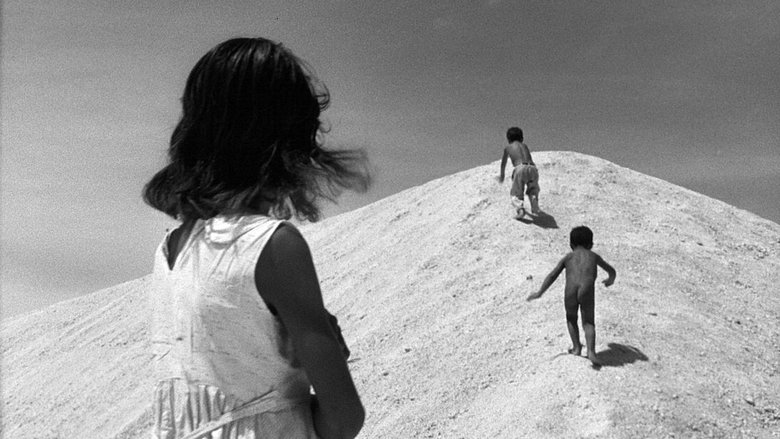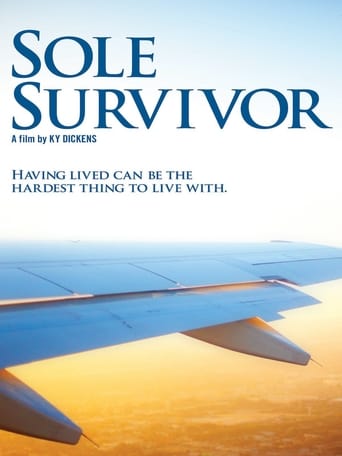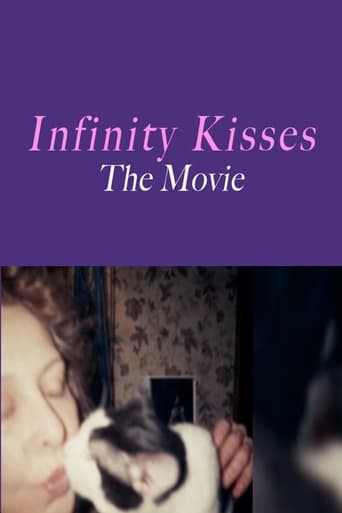Araya (1959)
"Araya" is an old natural salt mine located in a peninsula in northeastern Venezuela which was still, by 1959, being exploited manually five hundred years after its discovery by the Spanish. In images, the life of the "salineros" and their archaic methods of work before their definite disappearance with the arrival of the industrial exploitation.
Watch Trailer
Free Trial Channels
Cast


Similar titles
Reviews
it is the rare 'crazy' movie that actually has something to say.
The acting is good, and the firecracker script has some excellent ideas.
This movie tries so hard to be funny, yet it falls flat every time. Just another example of recycled ideas repackaged with women in an attempt to appeal to a certain audience.
One of the best movies of the year! Incredible from the beginning to the end.
This documentary-style, relatively short feature film is poignant, stunning in it's simplicity and rich in its humane impulses; it features actual workers in an almost impossibly hostile semi-desert bordering on the ocean that has served as a salt mine for over 450 years; the huge pyramids of salt are impressive, but even more so are the men who climb them with 140 pound baskets of salt, dumping them on top and receiving a few coins in their palms each time--and the women at the base of the pyramids who bag and tie the salt in hideously hot and dry climate. While this group produces much of the money for the locals in their adobe villages, another group produces the food, venturing out in a large boat every morning hopefully to return with nets full of fish, as they have for hundreds of years. There is a strong sense of community that binds these people, and filmmaker Margot Benacerraf, instead of having anyone employ dialogue, follows her subjects with mostly poetic narration and a strong musical soundtrack.There is actually a conclusion, and how the viewer reacts to it will certainly reflect attitudes toward modernization and the erasure of ancient traditions; this is a remarkably visual film, stunning to look at, whether from the top of a salt pyramid or bending down to a simple grave decorated with seashells in lieu of the flowers which cannot grow in this part of Venezuela. This is a valuable film document of a disappeared occupation; be sure to watch the "extra" which, fifty years later, follows up on some of the original workers.
So the second film I have seen at the 2009 London Film Festival, was bizarrely (for a film made in 1959), the UK premiere. This movie played at Cannes in 1959, but since then pretty much disappeared, at least in the English language world. It's a Venezuelan film, made by a lady called Margot Benacerraf, she made this and one other film before ceasing film-making entirely and entering into the cultural bureaucracy of Venezuela, founding for example the Cinemateca Nacional.The film is shot on the peninsula of Araya, which is basically dead land abutting onto a salt marsh and then the sea. The land doesn't support anything, there's practically no rainfall, most of the land is not much different from baked bones and dust. There is in one part of the peninsula what is described as a forest, but is too puny too justify that term, arid brittle branches primordially struggling to live. For the inhabitants of the peninsula this is their only supply of wood.So in Araya, there are only really two professions, you're either a fisherman or a salinero (salt miner). The salineros cut mine from the salt marshes and bring it to the shore, they get 50 cents for a 140 pound basket of salt, which they have to crush to a powder and clean. They do all this without the aid of machinery. Because salt is toxic when handled day in day out they often get ulcers all down their exposed skin.It's a very simple monotonous life, and whole families are involved in the human conveyor process of bringing the Arayan salt to where it can be loaded for delivery.It's shot very well, and very poetically, there's also a voice-over that follows the movie the whole way through. I think the voice-over occasionally became more sombre and poetical than the subject matter demanded. I think there's also an extent where it's a false documentary, at least I was feeling suspicious about that, it seems a lot of the scenes are being done for the camera. They film the entire movie almost without reference to machinery, only to have it appear quite conspicuously at the end. So the movie well may have been shot as a time capsule to preserve the way of life that had gone before pre-machinery and was coming to an end. It would be better I think if they had maybe more conspicuously framed it like that at the start. That's a little unfair, I mean the way they did it was good, but it felt deceptive.Whilst some of the poetry is a little overwrought, there was a great moment where this woman, who was in charge of the scales had her eyes described as being hard and bright like the salt, and then when she is back in the pueblo, they are soft and bright. The poet got that spot on, her eyes did look exactly like that.The way the cemetery is decorated in the movie is really poignant as well. So I think this film is well worth watching. It has recently been restored by Milestone, and I think there is a fundraising effort going on in the US at the moment, lead by Margot Benacerraf (still alive!). It may well be released on DVD by Milestone in R1 over the next couple of years.
"Araya" is a movie that makes you want to cry... it is so beautiful in its black and white and its simpleness that it's an equivalent of Neorealism but without the sadness. This movie shared the Cannes Award with none other than "Hiroshima, mon amour", althought it has had less luck in becoming a well known film. Its director founded the Cinemateca Nacional (a place where one can see many good old movies) and is also President of Fundavisual Latina, so although she hasn't directed anyome she continues to work on cinema.
This is a very interesting documentary about a day in the life of two families of peasants in northern Venezuela. It records how they inherited their work from their parents and grandparents and how they extract the salt from sea water in order to sell it to survive in a very far and isolated part of the world. I think this is one of the best latin american documentaries ever done, and one of the best I've ever seen in my life.














